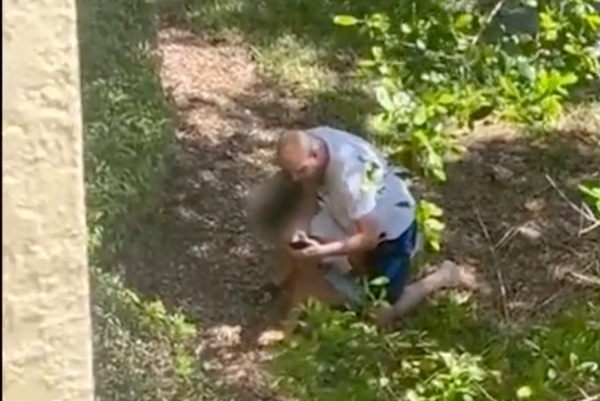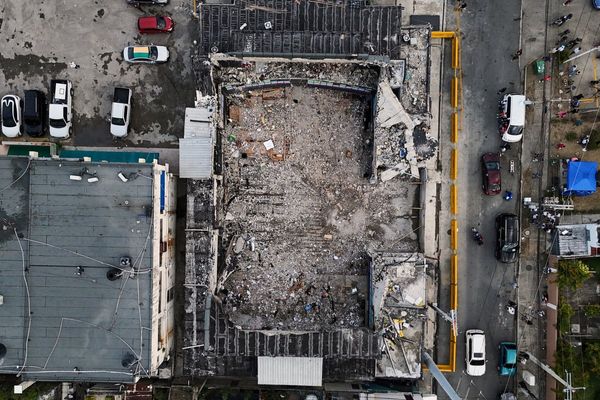
Henry Danton, who has died aged 102, was the last survivor of the six dancers who created Frederick Ashton’s ballet masterpiece Symphonic Variations in 1946. This was Ashton’s first creation for the stage of the Royal Opera House. He filled the work with a flow of movement, challenging his dancers’ stamina and drawing on their individual skills.
Danton’s interest in ballet was aroused by seeing Léonide Massine’s Jardin Public performed by Wassily de Basil’s Ballet Russe at Covent Garden in the 1930s, and particularly by the idea of a statue coming to life, but he did not start training in ballet until he was 21.
He enjoyed ice-skating. A friend took him to a rink in Brighton, where he worked with a young partner whose mother introduced him to the ballet teacher Judith Espinosa.
She was immediately impressed by Danton’s athletic body (a result of his earlier military training) and turnout (a result of skating) and in 18 months he raced through the Royal Academy of Dancing examinations with honours. In 1942 he was awarded the academy’s Adeline Genée silver award but, because of wartime metal shortages it was not until 2019, when he was 100, that he received the medal.

During the second world war, male dancers were in short supply and Danton was snapped up for the short-lived Allied Ballet and then Mona Inglesby’s International Ballet. With both he danced the role created by Vaslav Nijinsky in Les Sylphides, as well as performing new works. With International he benefited from the teaching of the Polish ballet master Stanislas Idzikowski.
While he valued his opportunities to dance principal roles, after six months he asked Ninette de Valois if he could join Britain’s premiere company, the Sadler’s Wells Ballet. He acquired a place in May 1944, remaining until 1947, and was a member when it took up residence at the Royal Opera House in 1946.
Although he was technically weak in some steps Danton had a strong jump and was happy dancing choreography by Ashton and the Florestan pas de trois in The Sleeping Beauty. He did not get on with De Valois, however.
He disliked her ballets – he danced the Rake’s Friend in De Valois’s The Rake’s Progress – and her emphasis on counts rather than the music. He was disappointed, too, by the company’s teachers. De Valois disapproved of his taking classes outside the company with the Russian teacher Vera Volkova, who drew from her dancers an elegant musicality, encouraging them to use their full body and soul, and with whom Danton had an affair.
Danton danced with Sadler’s Wells Ballet on tour to Brussels and Paris in February-March 1945. In Paris he discovered another Russian teacher, Victor Gsovsky, who suited him. When he left Sadler’s Wells he returned to Paris. He toured France and western Europe, partnering an étoile of the Paris Opéra, Lycette Darsonval, and followed Gsovsky to the Ballets des Champs-Elysées, one of the most exciting postwar French companies, and then to the Metropolitan Ballet in London.
He was born into a military family in Bedford. His father, Charles Boileau Down, a major with the Royal Garrison Artillery, died from war injuries in 1919 when Henry was three months old, leaving his mother, Beatrice (nee Forsyth), to raise three children. Henry and his brother were both educated via a King’s cadetship at Wellington college and the Royal Military Academy at Woolwich.
Henry had an agreement with his mother that he would accept his military schooling but, once his education was complete, he should be allowed to choose a career. He graduated and was commissioned as a second lieutenant in the Royal Artillery, but this coincided with the Munich crisis, leaving him unable to leave the services and, indeed, promoted to captain at the outbreak of war. But the army was not for him; he had a breakdown and was released.
He later altered his surname to Danton, as Down was not seen as a suitable name for dancer. Nevertheless, his military background accounted for his bearing and his demand for respect. Clearly, he was antagonised by De Valois constantly calling him “boy” and he had sufficient independence to develop his own career rather than toe any line.
In the 50s his contacts in the dance world and curiosity took him to New York, South America and Australia. He significantly influenced newly formed ballet companies in Caracas, Venezuela, and Bogotá, Colombia, and embarked on a career as a teacher. Although he lived thereafter in the US, Danton made regular visits to the UK for birthday celebrations, to attend events and reunions, enjoying his status as a senior member of the Royal Ballet.
He regarded life as an adventure and loved teaching young people, which he continued to do until he reached 100. He attributed his longevity to his vegetarianism, adopted long before it was fashionable, and to his all-absorbing passion for dance.
• Henry Danton (Henry David Boileau Down), dancer, born 30 March 1919; died 9 February 2022







